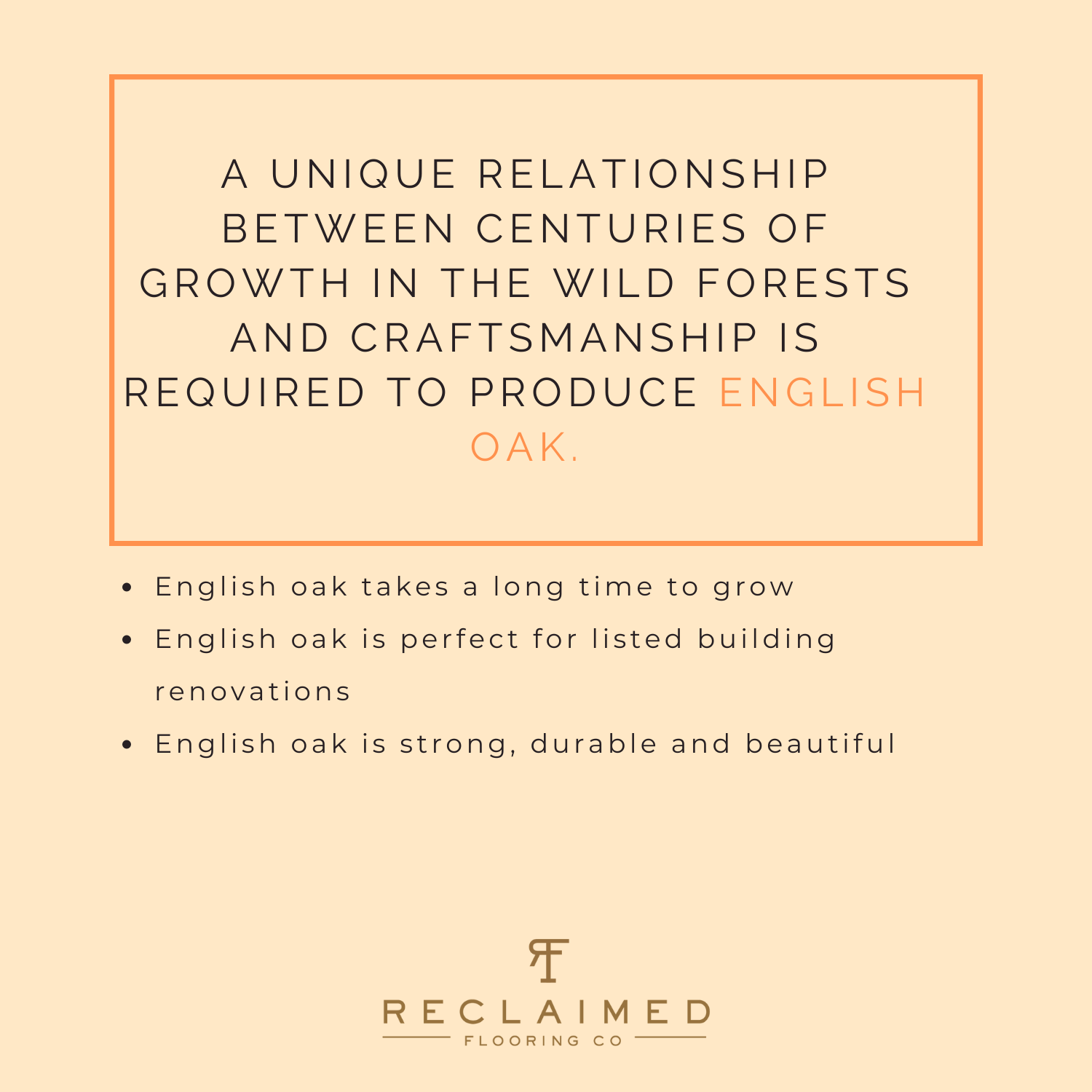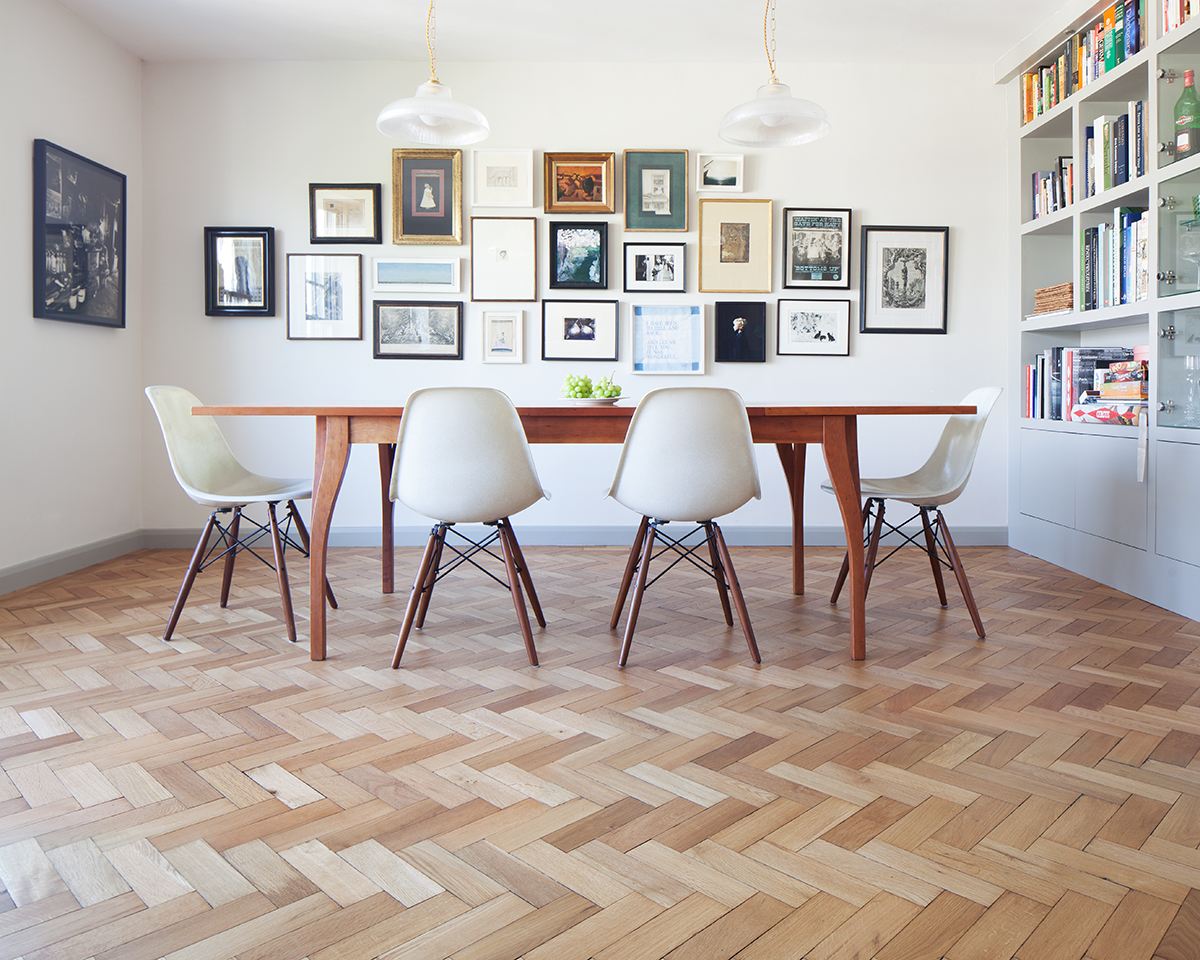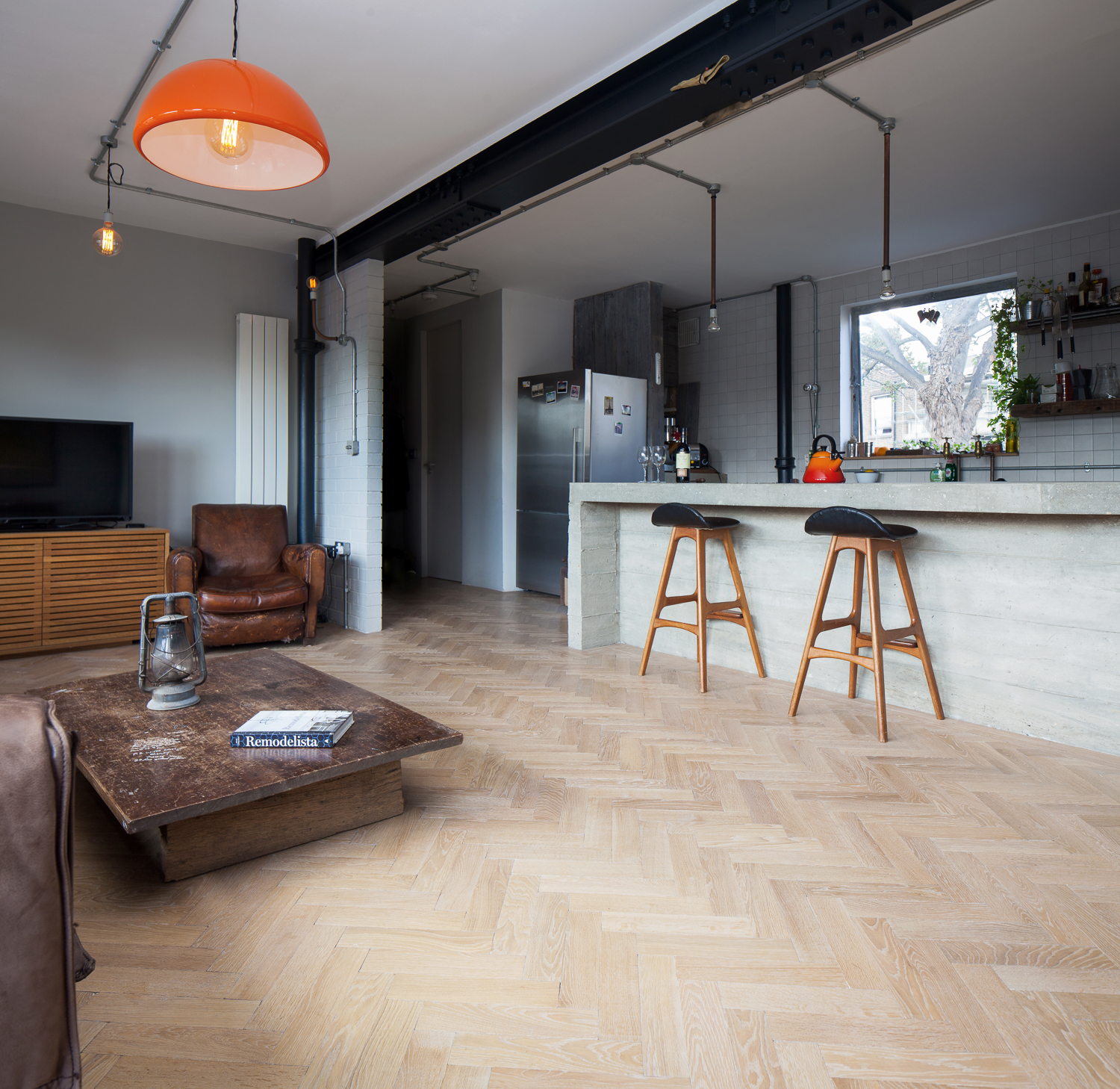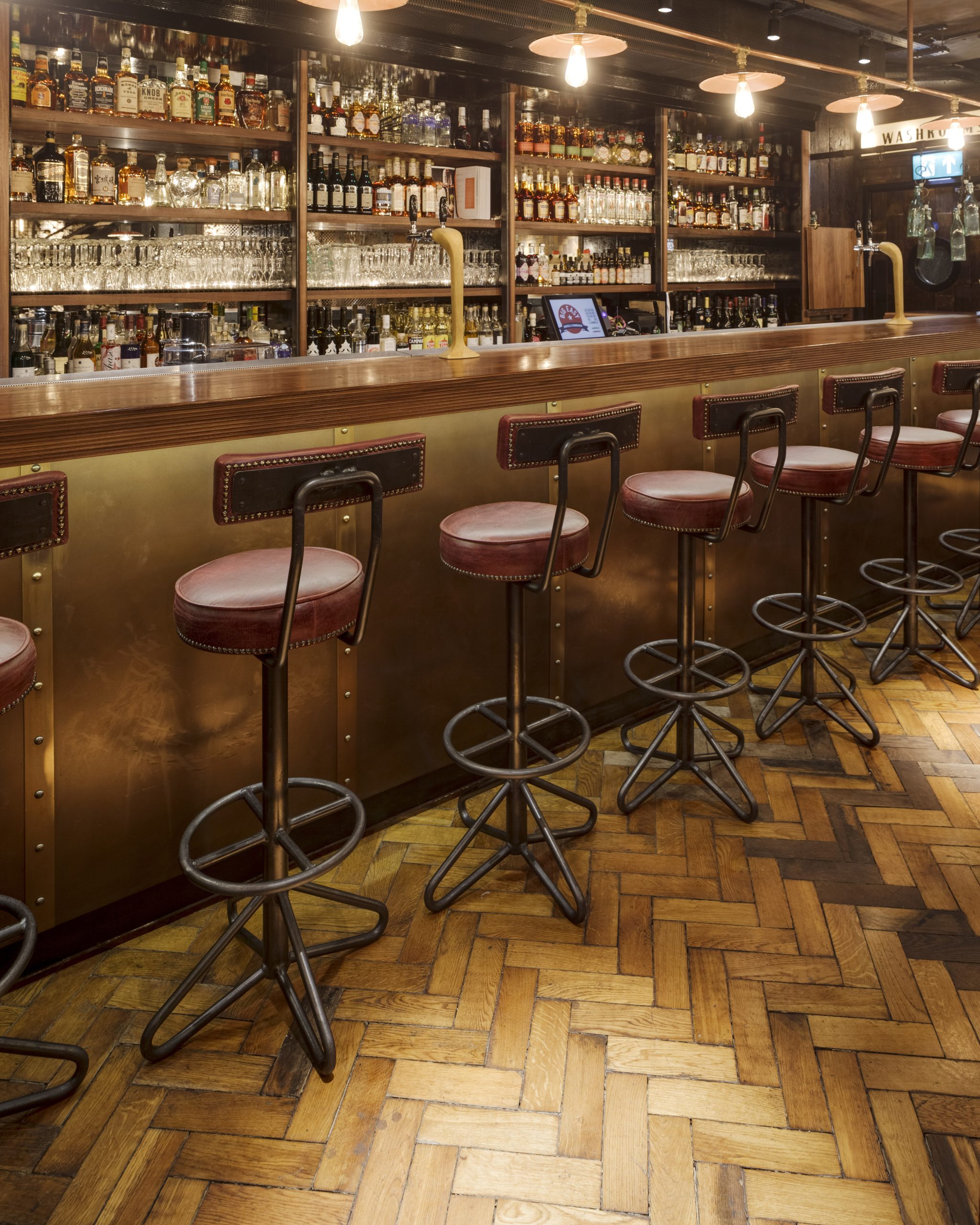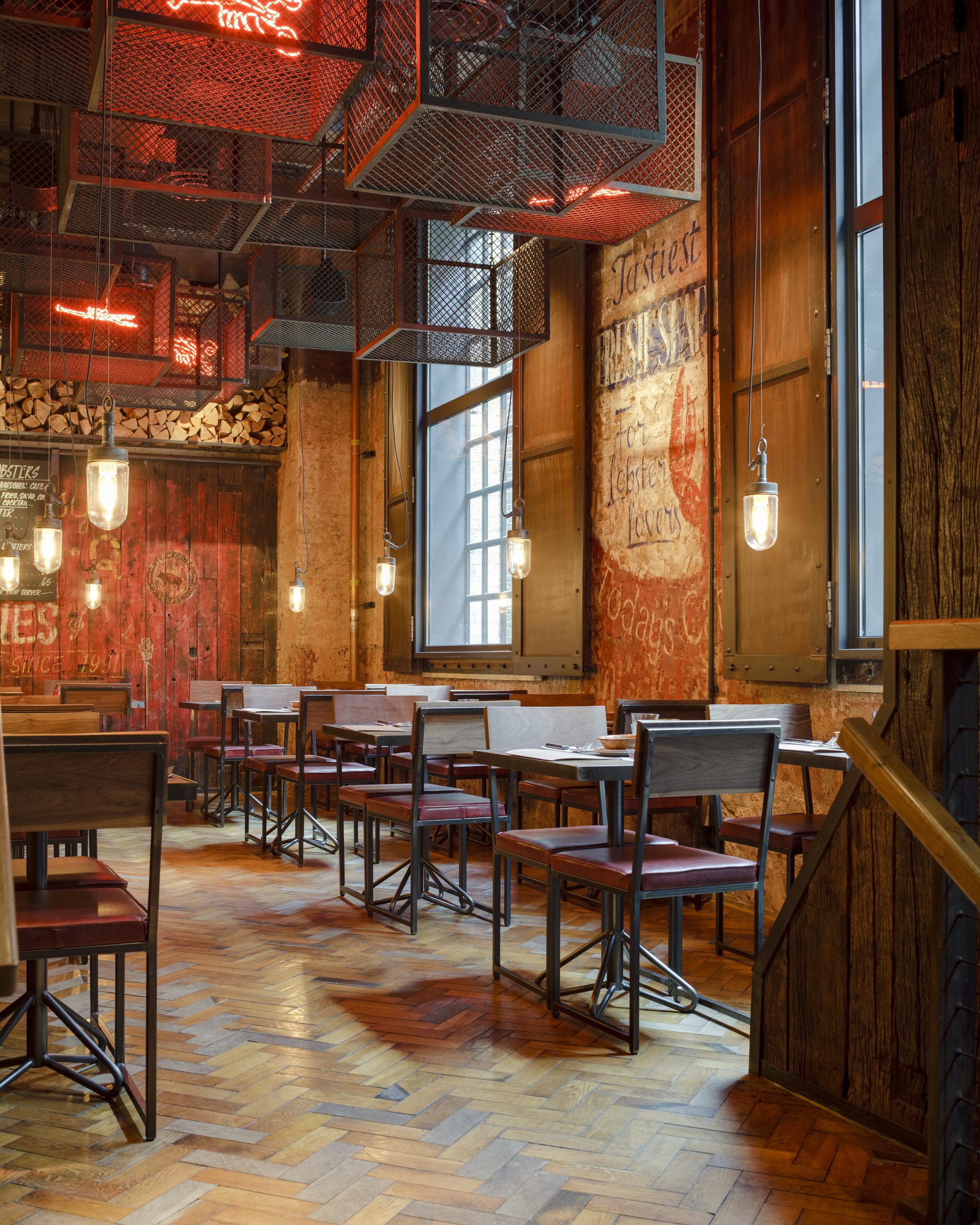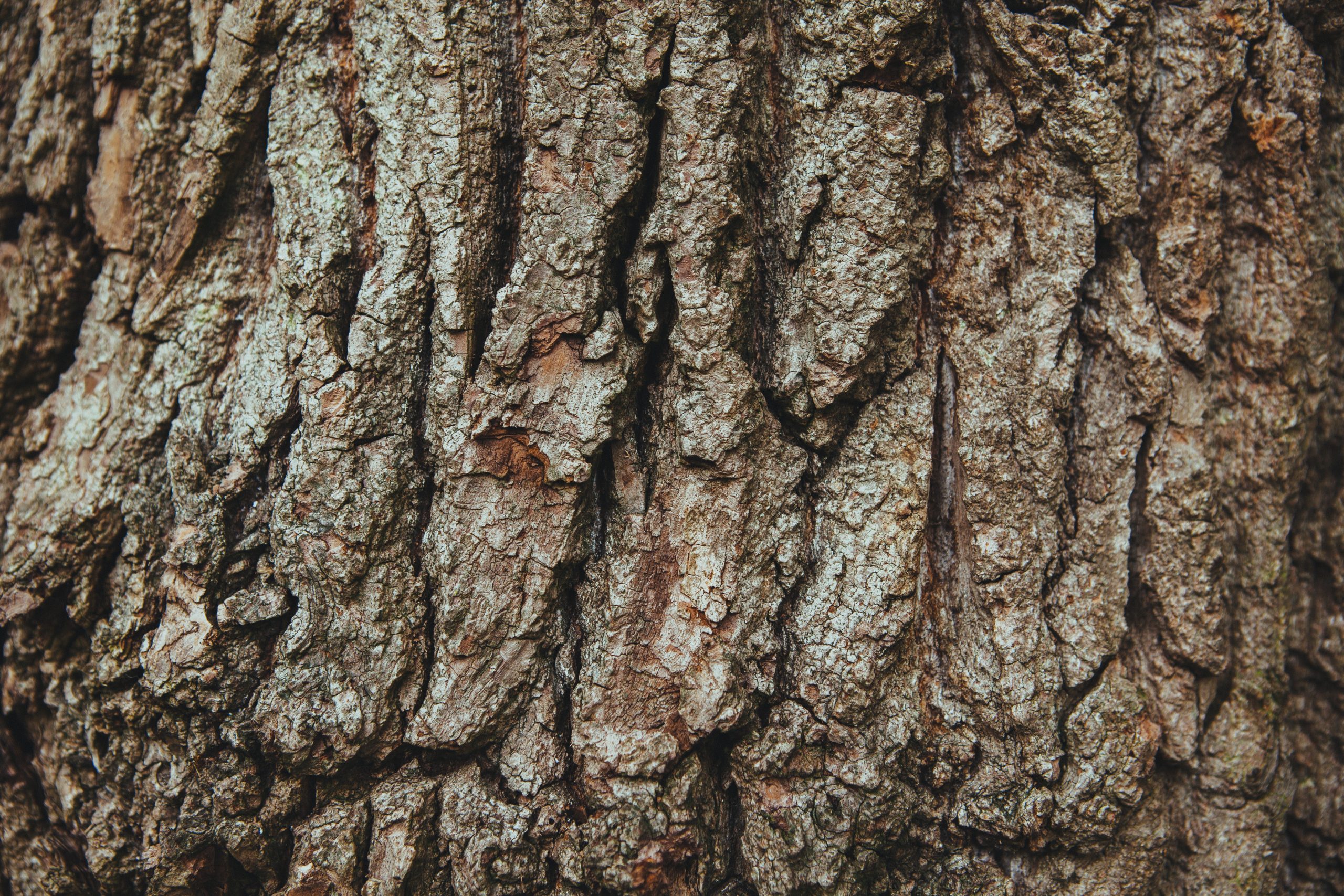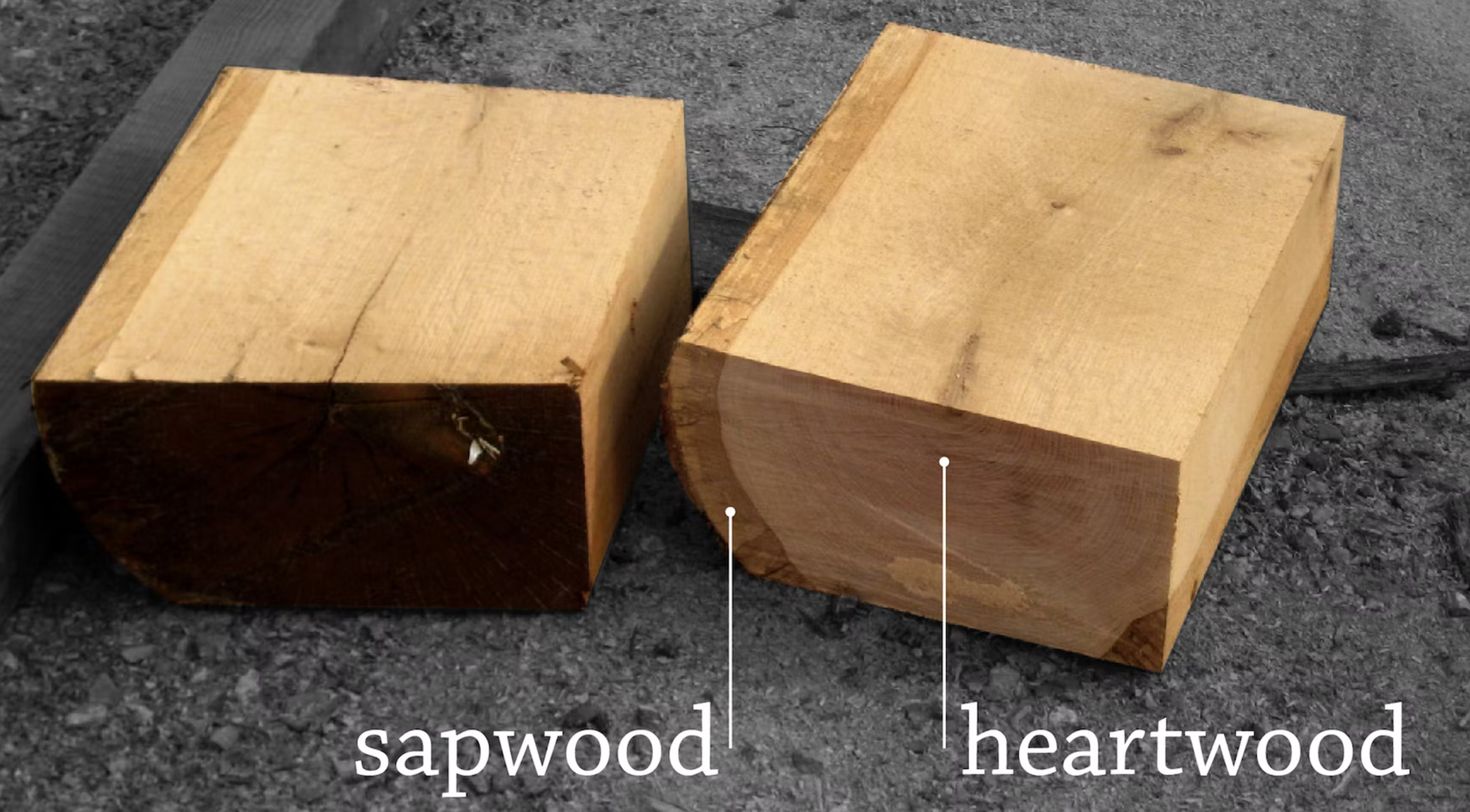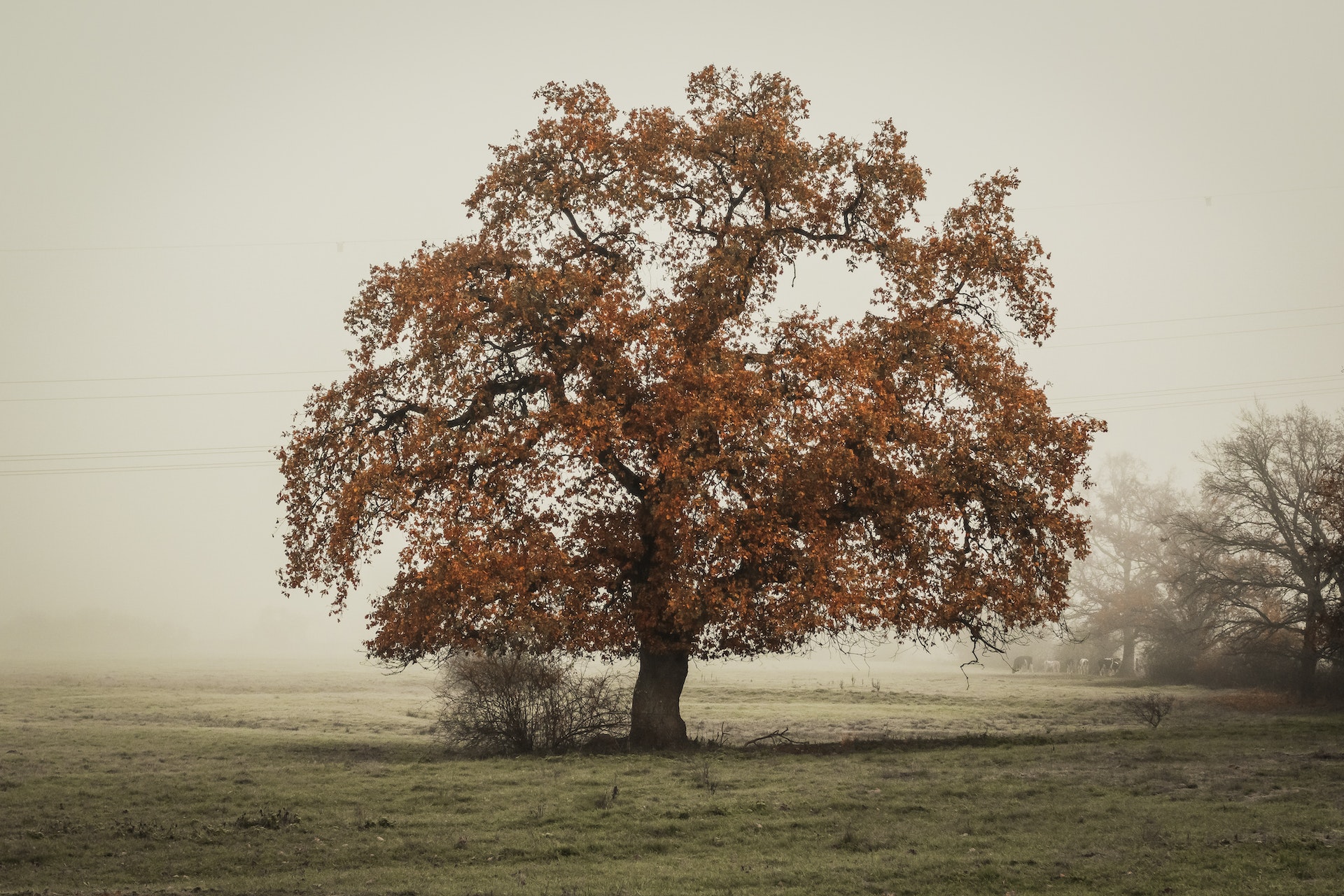
There is no question that English oak is one of the most appealing hardwood flooring options we can choose from.
Used for centuries in the most opulent and extravagant homes, English oak is in huge demand.
The warm, comforting smell, beautifully distinctive natural grain pattern, and incredible durability of its trademark long wide planks make it the perfect addition to add a touch of luxury to any home.
English oak trees’ slow growth and long life make their wood rich in character and texture.
With the wood’s signature scent, uniform grain, and long straight trunks, English oak is in high demand, but it takes a long time for the trees to reach maturity.
Slow, natural growth creates breathtaking beauty: our wood has rich, deep patina and wide, long planks. Few expert craftspeople use this gorgeous product, contributing to English oak’s desirability as wood flooring. We are proud to be one of a tiny handful of companies with the time and expertise to masterfully source and fit this rare and sought-after English oak flooring.
Where does English oak come from?
English oak is native only to England and has been wild-grown over centuries. Because England is so small, English oak is much rarer than its European counterpart and, therefore, harder to source.
Its rarity, the scarcity of experts in using this exceptional product and the high demand for the product from other industries make the use of English oak as wood flooring even rarer.
Why is English oak so desirable?
The wood from English oak trees is straight, strong and beautiful, making it a desirable product for use in wood flooring.
The straight, broad trunks are ideally shaped for use in sawmills and can produce wonderfully wide long planks.
Along with its gloriously deep patina, the stability and flexibility of English oak make it a gorgeous product to use in the most beautiful homes.
What is English oak used for?
Because of English oak’s long straight trunks and its exceptional durability, it tolerates weathering, resanding and refinishing, making it the perfect choice for the most elegant dining spaces, members’ clubs and the most elegant homes and sympathetic renovations.
The qualities that make English oak such a luxurious flooring choice are its distinctively long, broad planks, a look that simply cannot be matched by other products.
A tribute to the strength and beauty of English oak is its use in producing the highest quality outdoor furniture, frames for houses and outdoor buildings such as summer houses.
Using English oak as flooring is the epitome of understated elegance.
Why is English oak so rare as flooring?
English oak trees are incredibly long-living, and it takes many decades for the trees to reach maturity.
This long life secures its position as one of the most robust oaks. Its dense grain and deep patina take time to develop, and we believe in waiting for only products of the highest quality.
As children, we are taught that we can age a tree by counting its rings, and it’s this exact process that helps us understand why mature English oak is so rare to find in use as wood flooring.
Sapwood and heartwood
Living trees have several layers of wood beneath their trunks.
The two layers that help us understand the English oak’s rarity are sapwood and heartwood.
Sapwood is the youngest part of the wood, the part of the tree that is living and growing. Sapwood is the part of the trunk closest to the bark, and the English oak is typically 25 rings deep.
Moving inwards from the sapwood, we find the heartwood of the oak. This heartwood has increased tannins, which make the English oak’s inner, no longer living rings so strong. These tannins also give the wood of the English oak its distinctive warm, rich colour.
Why growing oak is a slow process
Growing English oak for long enough to produce a heartwood thick enough for use in flooring is not a process that can be hurried.
It is the long life of English oak trees that makes the process of growing wood for use in flooring so slow.
Within the 25 rings of sapwood, we find between 5 and 50 rings of outer heartwood before reaching the inner heartwood, which can easily be over 100 rings deep.
It is this depth which creates the stunning width of English oak floorboards.
Considering that these trees, which are only grown in England, are up to 200 years old, we can understand why using English oak as wood flooring is so rare.
Few sellers and craftspeople are willing or able to dedicate the time needed to deal with this quality product, choosing instead more commercial, fast-grown trees, which leads to a compromise in density and, therefore, quality.


